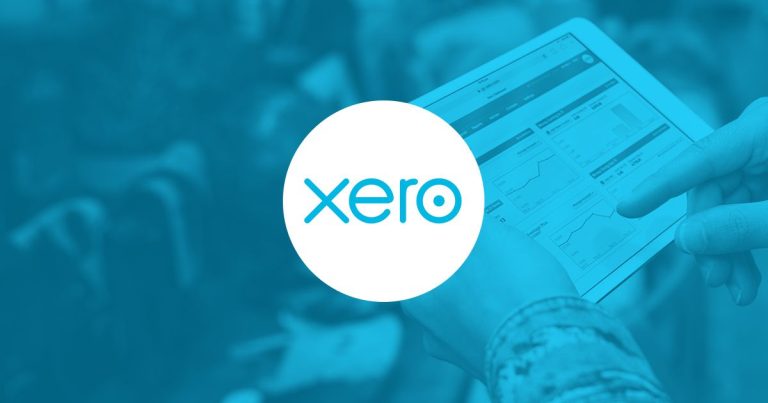1999 Tax Office CGT Concessions and Business Valuation
On 21 September 1999, the tax office implemented measures aimed at aiding the small business community by granting concessions on the Capital Gains Tax (CGT) incurred upon the sale of a business, thereby impacting its business valuation.
There are four main concessions available, which we will discuss below. To access any of these concessions, primary conditions must be satisfied.
Primary conditions for accessing the concessions
- Are you a small business entity, or do you satisfy the net asset value test?
You will generally be treated as a small business entity if the sum of your and your associates’ turnovers in the year or the previous year was less than $2 million.
You will still be eligible if, at the time of disposal of the asset, the sum of the net asset value of your entity, any entities connected with your entity, and any small business CGT affiliates of your entity is less than $6 million. - The asset sold satisfies the active asset test
The CGT asset sold is active if it is an asset used while carrying on a business (including goodwill). It must have been an active asset during at least half of the period held and specifically just before the disposal of the asset.
Specific rules apply for some passive assets, which might still allow you access to the concessions. - Additional conditions for shares in a company or interest in a trust.
The active asset test above will only be satisfied if 80% of the assets owned by the company or trust are active assets.
Additionally, you must either be a CGT Concessional Stakeholder or be an entity with 90% of your assets held by CGT Concessional Stakeholders.
A CGT Concessional Stakeholder is an individual that holds at least 20% of the voting power or beneficial entitlement of income distributions or who holds some of the above and has a spouse who is a CGT Concessional Stakeholder.
CGT Concessions available
If these conditions are satisfied, the concessions available are as follows:
- The small business 15-year exemption
This is available where the CGT asset has been held for a continuous 15-year period. In addition, the individual is over 55 years of age, and the disposal of the asset is connected with the individual’s retirement or permanent incapacity. Where the CGT asset is a share in a company or an interest in a trust, there must have been a significant individual (at least 20% interest) for the entire ownership period. - The small business has a 50% active asset exemption
Under this exemption, net capital gains are reduced by a further 50%. This is only calculated after applying all current and prior year capital losses and the general 50% discount reduction. - The small business retirement exemption
This exemption does not require the taxpayer to have retired. However, where the taxpayer is an individual under 55, the exempt amount must be rolled into a superannuation fund. An election to utilise the retirement exemption must be made in writing and no later than the date of lodgment of the taxpayer’s return or as the Commissioner allows. Note that there is a $ 500,000 lifetime limit on this concession. - The small business roll-over concession
This allows the taxpayer to roll over a gain made into a replacement asset. This must occur between one year before and two years after the occurrence of the CGT event in the income year of the rollover. Under this option, the cost base of the replacement asset is reduced by the capital gain rolled over.
Structuring your CGT Concessions
It is important to note that these measures are not mutually exclusive. This means you can access more than one of these concessions in the order you choose if you satisfy the conditions. Additionally, utilising the above concessions does not stop you from accessing the general 50% discount on capital gains where the asset is held for more than 12 months.
Accessing more than one of these concessions needs planning to take full advantage of the available benefits. Generally, the concessions should be accessed in the following order, if available:
- 15-year exemption
- 50% general discount concession
- 50% active asset exemption
- Rollover residue gain into replacement asset
- Apply any balance, where appropriate, to the retirement exemption
(up to the $ 500,000 lifetime limit)
Please note that any gain rolled over into a replacement asset cannot be discounted by the 50% active asset exemption or 50% general discount concession on the sale of the replacement asset. Consequently, these 2 concessions must be utilised before using the rollover concession.
There are some differences in the tax result depending on the type of structure making the gain. For example, companies cannot access the 50% general discount.
You will understand that the above is only an overview of the topic. This area and its ramifications are pretty complex, and we encourage you to contact us if you feel this is relevant to you.
*Correct as of December 2014
*Disclaimer – Kreston Stanley Williamson has produced this article to serve its clients and associates. The information contained in the article is of general comment only and is not intended to be advice on any particular matter. Before acting on any areas in this article, you must seek advice about your circumstances. Liability is limited by a scheme approved under professional standards legislation.














